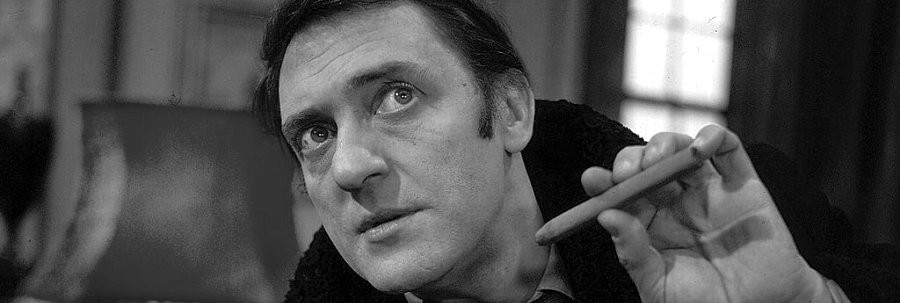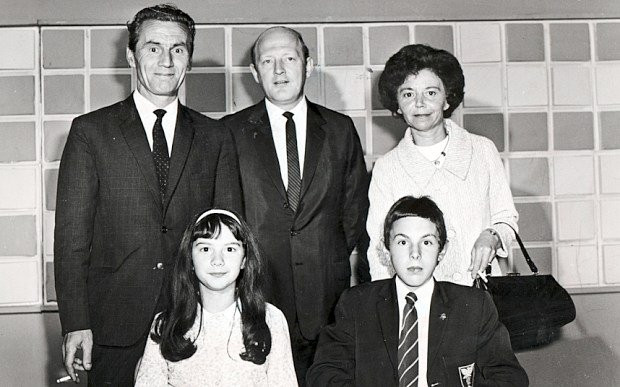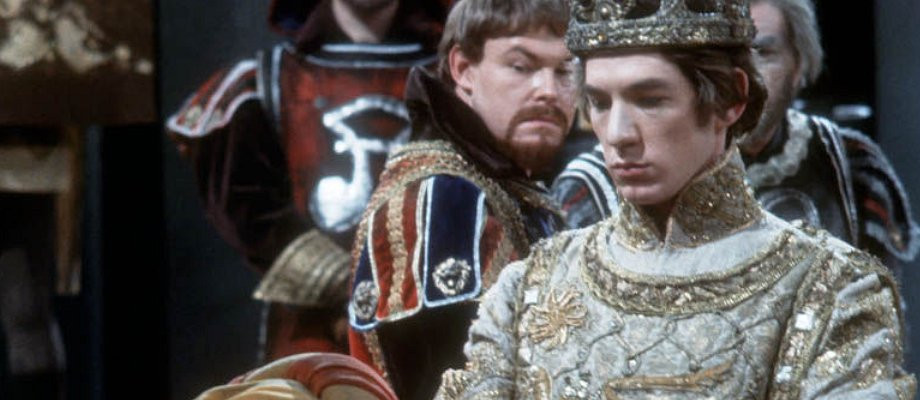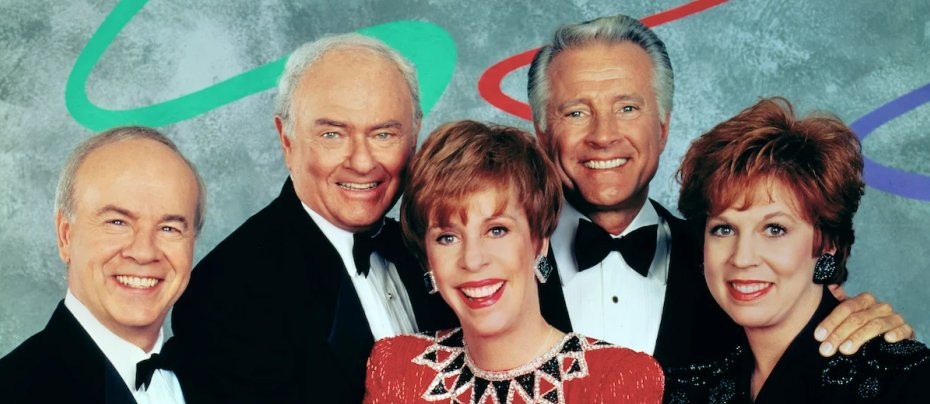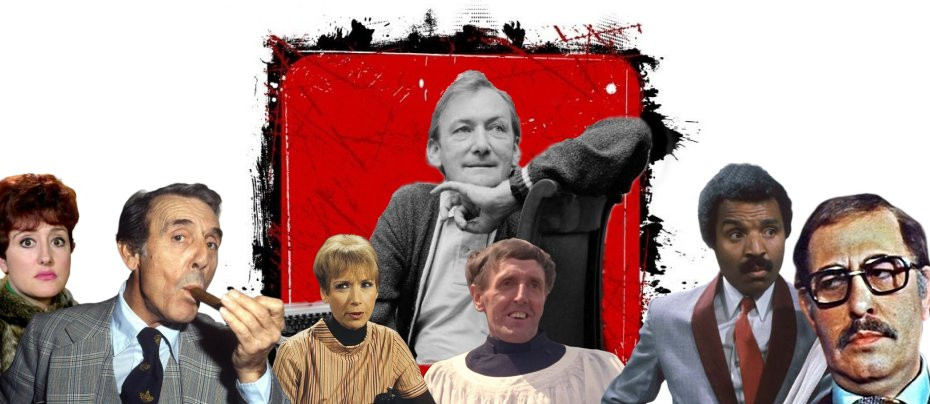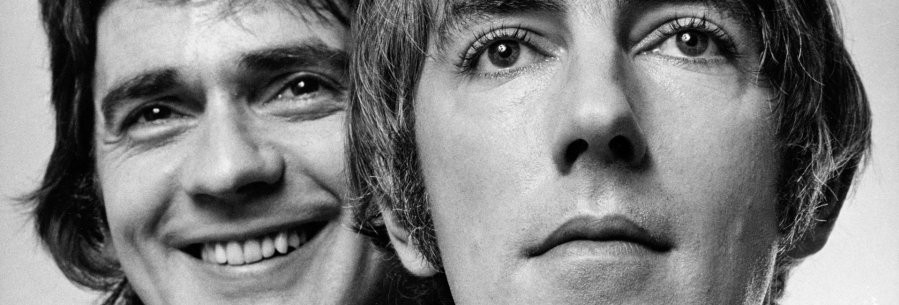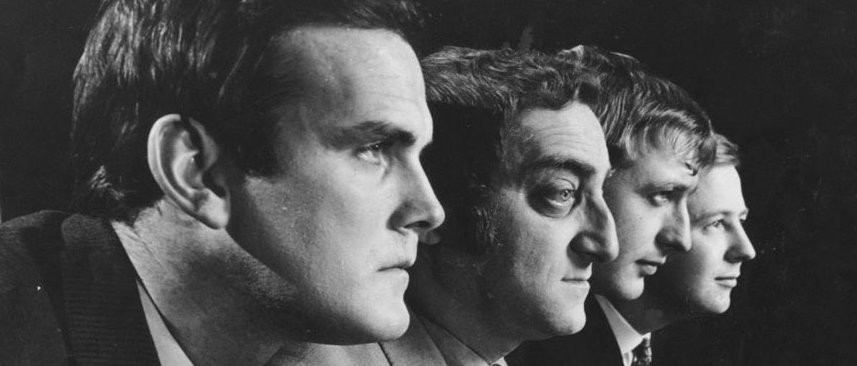
At Last the 1948 Show
1967 - United KingdomAnother show, that alongside The Frost Report and Do Not Adjust Your Set, lead directly to the life of Python, and one that brought together some of the leading comedy writers and performers who would be tickling the public's funny bone for the next two decades or more.
Executive producer David Frost brought together Tim Brooke-Taylor, Graham Chapman, John Cleese (who thought up the title in reference to how long it took the BBC to make a decision on commissioning any new series) and Marty Feldman to write and perform a host of zany 'off-the-wall' sketches, which were totally unrelated except for being linked by 'the lovely Aimi Macdonald'. The only running joke in the show was that Macdonald, (in typical 'dumb-blond' style), thought she was the star of the proceedings and finished each show with an appeal to viewers to send money to the 'Make the lovely Aimi Macdonald a rich lady fund.' For the second series a new hostess was added each week so that by the time the final show came around each sketch was introduced by a veritable chorus-line of Macdonald-alikes.
Marty Feldman, a comedy writer who up till then was quite content to stay out of the spotlight, was to become a major star following this series, Tim Brooke-Taylor went on to become one third of The Goodies (another 'Goodie,' Bill Oddie, appeared on several occasions) with Cleese and Chapman going on to greater glory in Monty Python's Flying Circus, which wasn't really so completely different.
The '1948 Show' allowed the writers to indulge in a zany style of comedy that had been considered the domain of 'The Goons' for so long, but which hitherto had failed to make much headway on British television, mainly because programme makers were wary of its very limited success following attempts to transfer it from radio to television by the man many considered the leading Goon himself, Spike Milligan. His attempts at bizarre off-the-wall humour in shows such as 1961's Spike Milligan (aka A Series of Unrelated Incidents At Current Market Value) and 1965's Milligan's Wake were considered too surreal and unstructured for a mainstream audience and were normally scheduled in late night time slots. Although Milligan would finally win both critics and audiences over in 1969 with the first of his excellent 'Q' series', it was paradoxically At Last The 1948 Show that paved the way for that success.
It did that by taking anarchic humour and giving it some structure. Whereas Milligan's sketches were more likely to peter out towards the end (and often long before that-in some cases completely outstaying their welcome), '1948's' routines most definitely had a beginning and middle and an end, and this could well be attributed to the more established style of regular contributors Barry Cryer (who appeared in a number of sketches) and Marty Feldman's co-writer, Dick Vosburgh. It was chaos-but it was organised chaos.
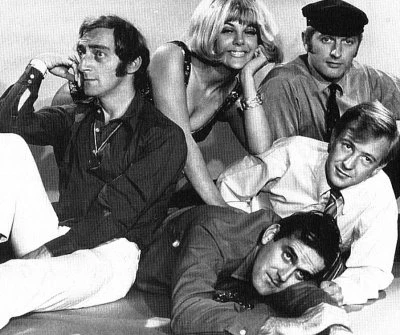
"We got a little bit of freedom for the first time. We were actors and editors. We had felt stifled on The Frost Report, we couldn't use a lot of the material that we had written for that show. We were annoyed with convention. '1948' used a lot of the current technology in the same way that Spike Milligan did." - Graham Chapman.
A lot of that structure was forsaken when Monty Python was born as sketches that didn't have an end (or punchline) were simply rolled over into the next sketch with the minimum of linking. But by that time audiences were tuned in and clued up with both '1948' and 'Q' having established the format. Even so, the 'Python' team, some of whom made the occasional appearance in '1948', would still use many of the devices that had been employed in this series such as dressing up as women, to name but one. "Once in television there was definitely no going back to a proper job. I gained a lot of useful knowledge from hanging around and being the corpse in the coffin, or the man who falls to the ground dead in At Last the 1948 Show, a very, very funny show." - Eric Idle.
In fact, one of "Python's" best remembered sketches, four Yorkshiremen sitting around discussing the hardships they experienced when they were younger (1st Man: "We 'ad t'sleep in cardboard box". - 2nd Man: "Cardboard box? - Ee, you were lucky. We had t'sleep in hole in t'road". - 3rd Man: "Hole in t'road? ...Sheer bloody luxury!"), was never really a Python sketch at all -it began on At Last The 1948 Show.
The confusion comes from the fact that the sketch was only seen originally in certain parts of the country. Some ITV stations didn't take At Last The 1948 Show, and others only aired the first series. Then, soon after the second series finished, the tapes of all 13 episodes were wiped. Years later, when the Python team put together a live show and released an album entitled 'Monty Python Live at Drury Lane', they revived the Yorkshiremen sketch and it became (or was considered) part of Python's repertoire.
This sorry tale of a lost classic does have something of a happy ending, however. Years later, British Film Institute (BFI) television archivists Dicky Fiddy and Steve Bryant tracked down five compilation episodes of At Last The 1948 Show in the archives at Swedish Television. Although by no means complete, added to the two single episodes that managed to survive, and a complete set of audio tapes, in one form or another, the entire two series of At Last The 1948 Show has been preserved for the enjoyment of future generations. "Ee...they were lucky!"
Seen this show? How do you rate it?
Seen this show? How do you rate it?
Published on November 28th, 2018. Written by Laurence Marcus (2008) for Television Heaven.


